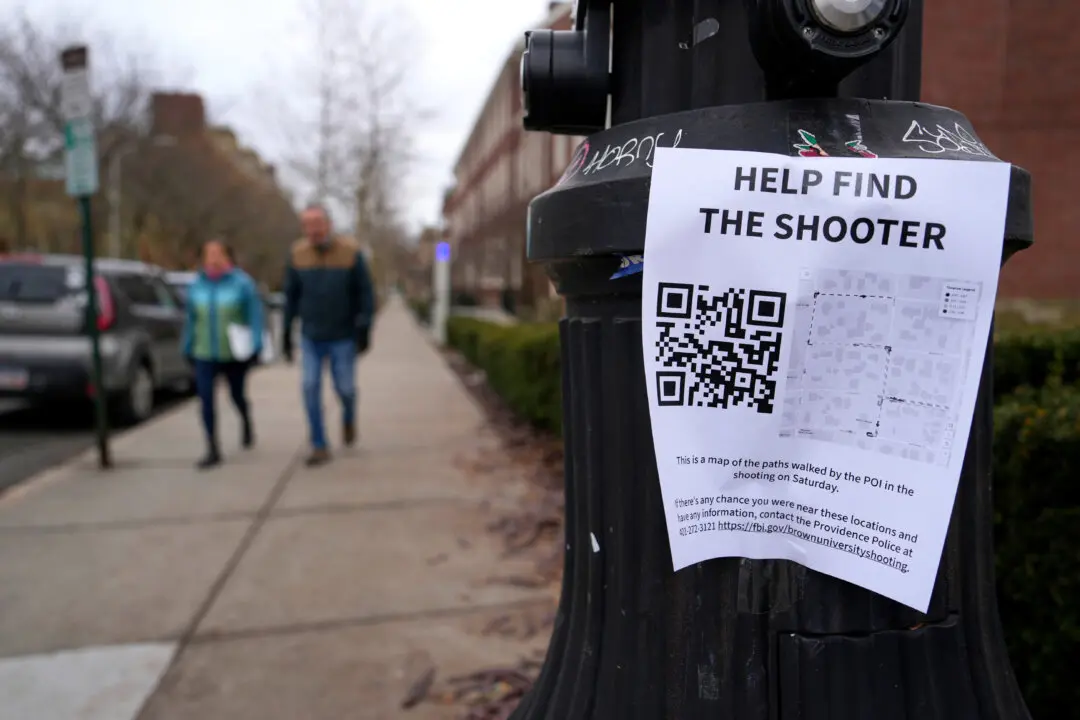
A holographic image of a person is seen at a lab in Vac, Hungary, on Jan. 28, 2022, in a still from a video. AP/Screenshot via The Epoch Times
A laboratory in Hungary is taking the decades-old technology of holography and repurposing it to the fields of medicine and security.
Holograms are far from being a trendy technology today—they were invited by a Hungarian-British physicist in the 1940s.





